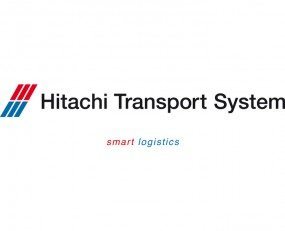
Japan’s Hitachi Transport System pulled out all the stops to deliver a decent performance in fiscal 2018, paying attention to its operating performance while its top line showed only mild growth.
For the trailing fiscal year which ended on 31 March, it provisionally targeted revenues of ¥710bn ($6.3bn) and net income of ¥21.5bn, but group sales were a touch light at ¥708bn (+ ~1.2%), coming in below its initial guidance and likely harming a sustained rally on the stock exchange which has seen its shares double in value since early 2016.
However, net income* soared 8.6% to ¥22.8bn ($202m), with solid growth registered at operating level, where operating income rose to ¥30.34n ($269m) from ¥29.3bn one year earlier.
(*This reflects net income associated to the parent company equity, hence excluding non-controlling interests of ¥1.2bn in fiscal 2018)
Meanwhile, earnings per share rose almost 9%, while the book value of its total assets, cash and cash equivalents, long-term debts and shareholder equity were all significantly higher than in fiscal 2017.
Financial discipline in cost management did the trick and clearly showed throughout the profit and loss statements, with the company booking higher gross profit (¥82.4bn), flattish SG&A expenses and interest costs, while meaningful one–off charges were absent during the year.
One of the biggest highlights of 2018 was what it labelled as a “capital and business alliance” with a smaller compatriot, AIT Corporation, which engages in international freight forwarding activities as well as import/export custom clearance and other 3PL services, which have been high on the agenda in the past couple of years.
On a reported basis, Hitachi’s core domestic logistics activities enjoyed a 4% growth rate, with sales up to ¥432.8bn from ¥417.8bn, while adjusted operating income rose at a lower rate, up 2% to ¥22bn for the year.
By comparison, sales in its international logistics unit, the second-largest division by turnover, fell 2% to ¥256bn (corporate activity and exchange rates played a part), but profitability improved: margins expanded, up 40 basis points to 2.7%, thanks to higher adjusted operating income (+13%; ¥7.1bn) and driven by new productivity measures.
Finally, the turnover of “other logistics revenues” – at ~ 3% of total group sales – fell, but adjusted operating profits rose. Operating cash flow rose again, annually, to ¥37bn (it was up 6% to ¥27.9bn on a comparable basis one year earlier), while investing cash flow doubled from ¥6.6bn in fiscal 2017 and financing cash flows were broadly under control.
Source: Transport Intelligence, April 30, 2019
Author: Alessandro Pasetti